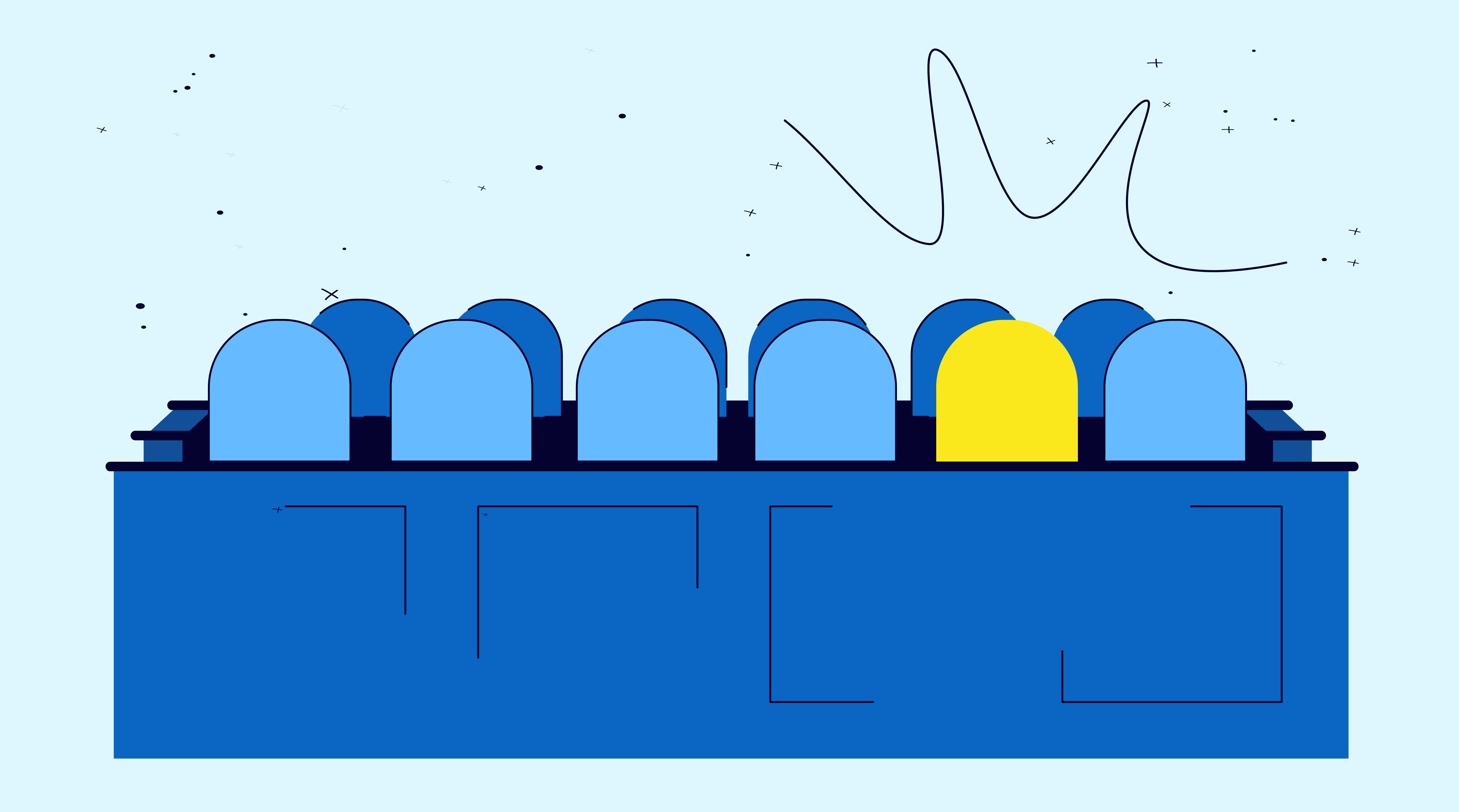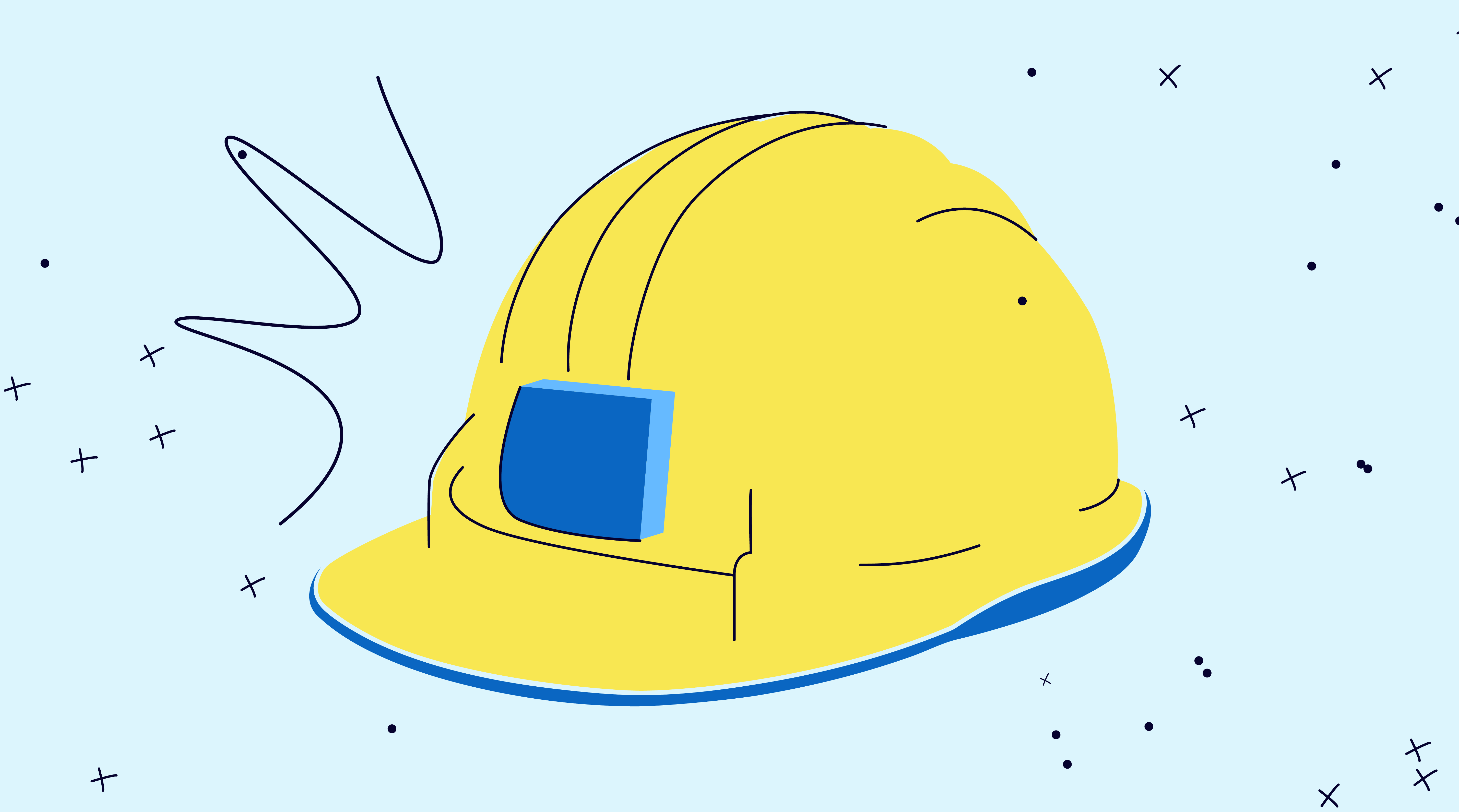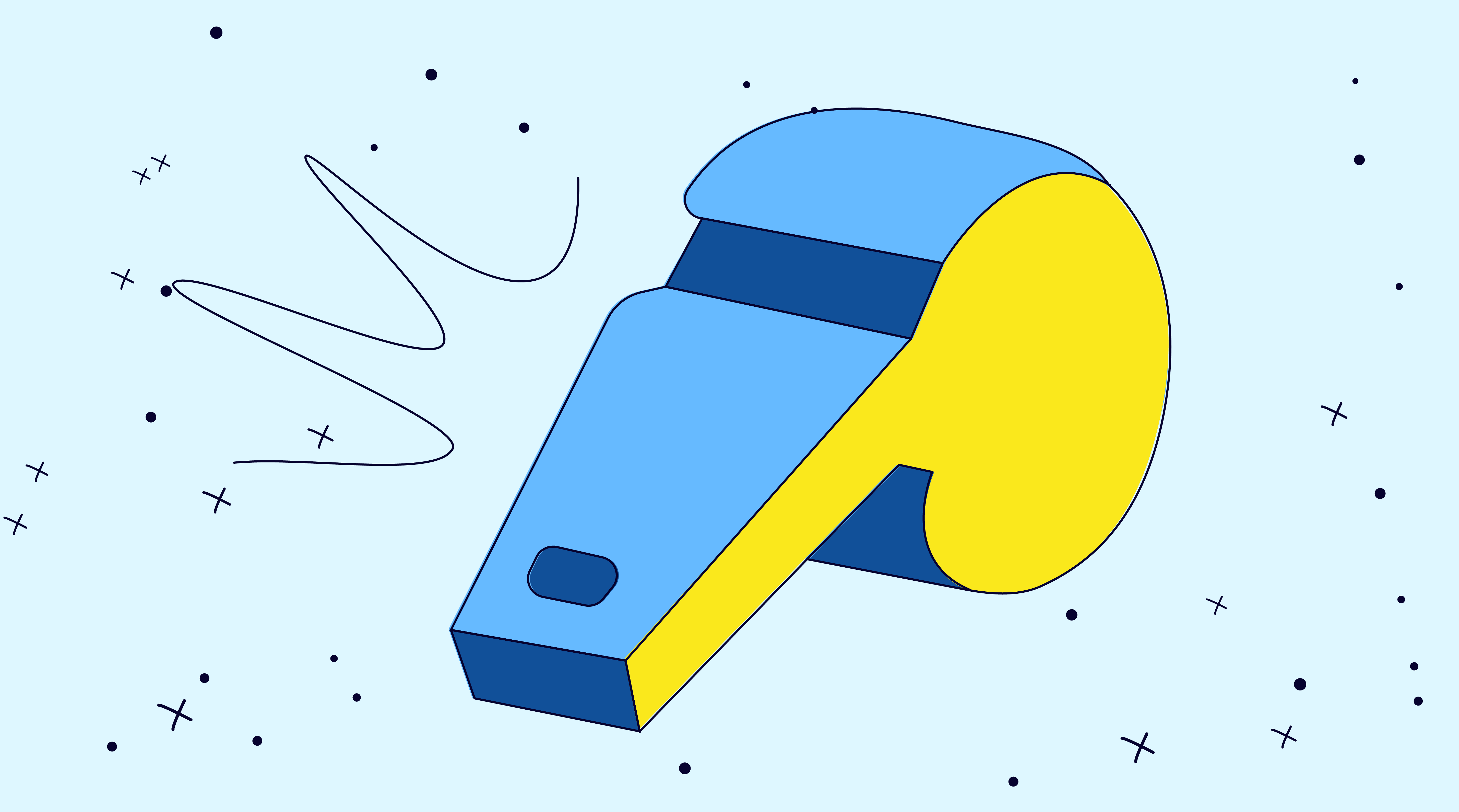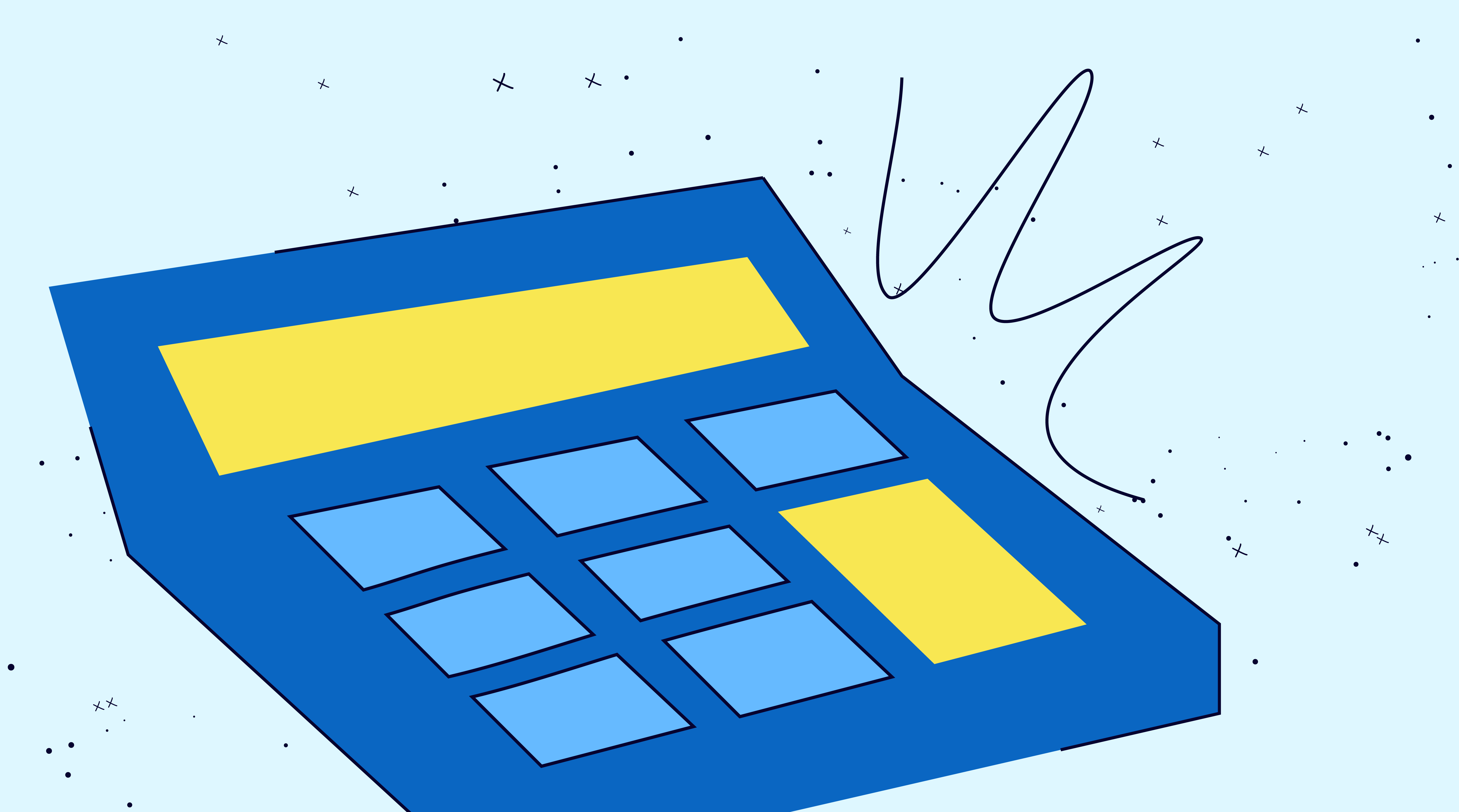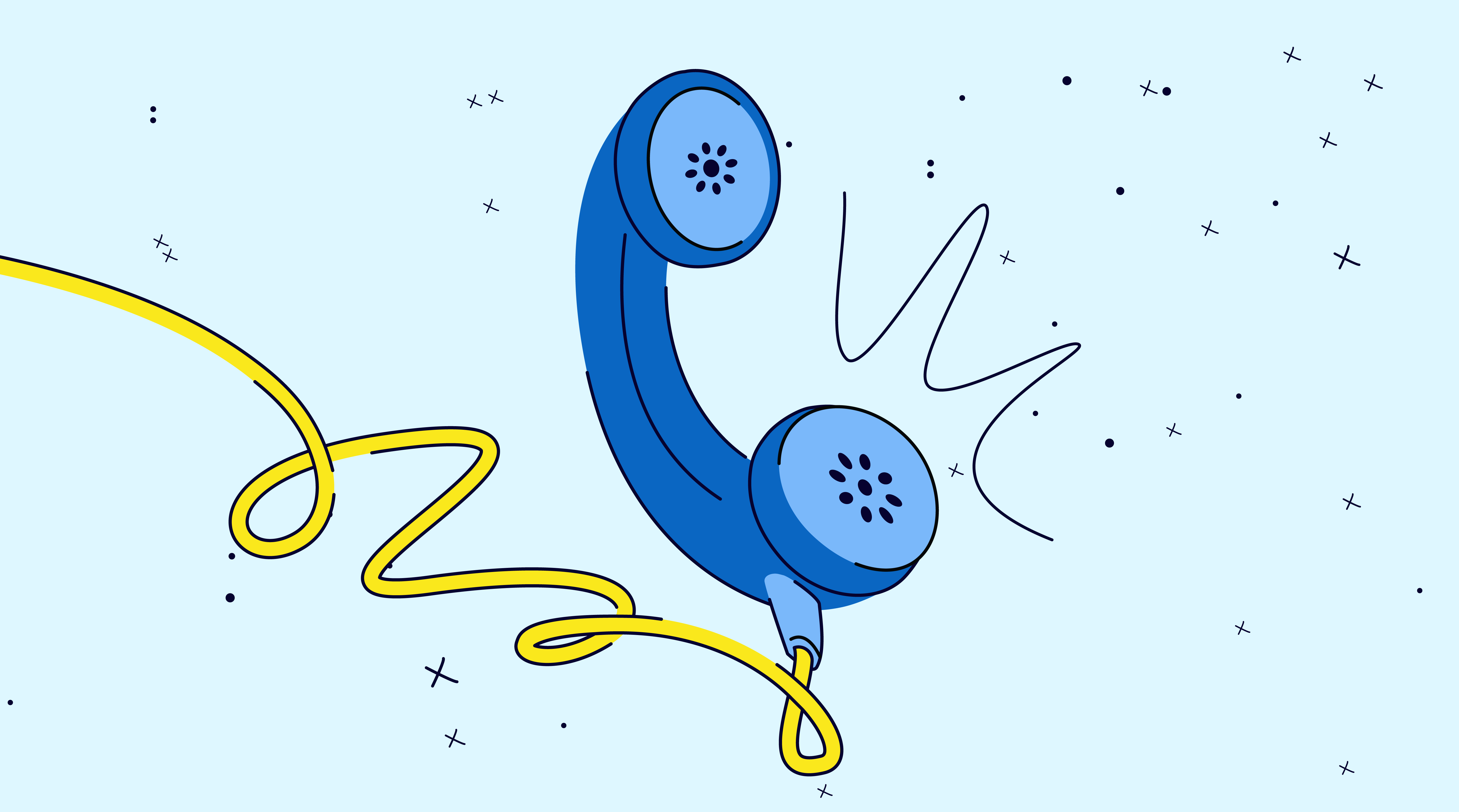Build Early, Negotiate Intelligently
Injury law is filled with unpredictability. But one thing is certain: the cases that settle for higher are the ones built early, told clearly, and framed with the right strategy from the outset.
The demand package isn’t paperwork—it’s your first trial. And mediation isn’t a formality—it’s a platform. Treat them with the seriousness they deserve.
Ultimately, our job is to make sure the insurance company sees the full picture. And once they do, you want them to realize that paying now is better than facing you at trial.
Justice is rarely handed out—it’s negotiated, documented, and earned. And it all starts with how well you tell your client’s story.
The Power of the Demand Package: Setting the Stage for Success
Preparation is not optional—it’s everything. A compelling demand package is a product of teamwork: attorneys, case managers, investigators, and occasionally accident reconstruction experts.
Master the Tone and Content: Your demand should be straightforward, simple, concise, and avoid legal jargon. Tell the story as if you were talking to somebody at the kitchen table.
- Humanize the Impact: Begin with the human impact of the injuries, explain how the incident disrupted their life, and then clearly present liability backed by evidence before detailing economic and non-economic damages.
- Utilize Visuals: Photographs are "worth a thousand words". Include pictures of the scene, the client (perhaps in the hospital), and their injuries. Links to videos, if available, are also highly effective. Visuals create emotional resonance and clarity.
Personalize the Request: Avoid generic language. Tailor the demand to reflect the unique nuances of your client's case, including their profession or hobbies, to make it more compelling.
The Role of Mediation: Informal but Influential
Mediation is a critical opportunity to present the case on your own terms and move the needle.
The goal is to come in from a position of strength, not just readiness. Your case is unlikely to settle at the first mediation. Therefore, begin preparing for trial from the very beginning of the case. This readiness puts you in a significantly stronger negotiating position, as insurance companies are aware of which lawyers are willing to take a case to trial.
The Power of Progression: Settlement offers tend to increase as the case moves closer to trial. This isn't necessarily because the facts change, but because the insurance company recognizes the increasing risk and potential costs of litigation. Good trial lawyers understand that staying with the case and pushing it towards trial often leads to the best offers and real value.
Audience Awareness: It’s All About the Adjuster
Perhaps the most overlooked aspect of demand and mediation strategy is understanding who the real audience is. The defense attorney may be in the room, but the person who controls the money is the insurance adjuster. Build a rapport, show respect, and acknowledge the adjuster’s time and perspective. If you treat them like the opposition, you’ve already lost.
Humanize the Case – The "Golden Rule":
- Put Yourself in Their Shoes: Ask the insurance adjuster to "put yourself in my client's shoes" to understand the real impact of the injuries. While inadmissible in trial, this "Golden Rule" analysis is fair game in mediation.
- Share Personal Anecdotes: Talk about the client's life and the impact the incident has had on them.
- "Day in the Life" Videos: For appropriate cases, these videos can powerfully illustrate the plaintiff's ongoing struggles and how their daily life has been affected.
- Frame for Fairness: Frame the case from the client's perspective, focusing on fairness and proportionality, which influences compensation discussions.
Plaintiffs bear the burden of proving future medical expenses. That means lining up the evidence: life care plans, treating physician reports, and projected costs. Even if full expert reports aren’t ready, offer a clear preview of what the testimony will support.
And don’t ambush them. Surprising the insurance company with new claims or demands at mediation can backfire if they don’t have the reserves in place. Share detailed future medical costs and expert opinions in advance as a tactical advantage, not a giveaway.
Anchoring Your Negotiation Strategy
Your initial demand is critical as it sets the tone for the entire negotiation. Start at a point that allows room for negotiation but isn't so "unrealistically high" that the defense assumes you’re just posturing.
Referencing past verdicts, settlements, and jury verdict research in your specific jurisdiction provides a benchmark for the case's expected value. For complex or high-value cases, focus groups and mock trials can help validate your number and provide data points that resonate with adjusters unfamiliar with the local jury climate.
Be Prepared to Walk Away: Insurance companies will often offer a low amount to see if you're willing to take it. Be willing to turn down offers that are less than fair value. If your case has significant damages and the defendant has a large, commercial policy, do not expect the carrier to pay full or even fair value at the first mediation.
When mediation reaches an impasse, send a follow-up demand that highlights your presentation and provides all relevant documents. Maintaining communication with the defense lawyer is often critical to resolving the case in the weeks following an impasse.
Go in prepared, but understand that the mission is to "check the box" and keep your case moving toward trial. Set your client's expectations. Let them know, "Now isn't the time to settle your case." After an impasse, thoroughly and properly work up the case so you are ready to try it if the carrier doesn't pay.
Eventually, it won't surprise you when the carrier folds in the month or weeks before trial–or even on the courthouse steps for multiples of their "last and best offer." That's when you deliver justice to your client.


